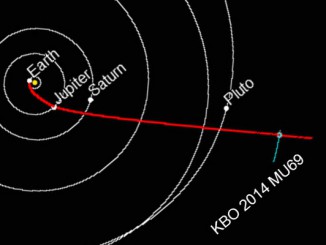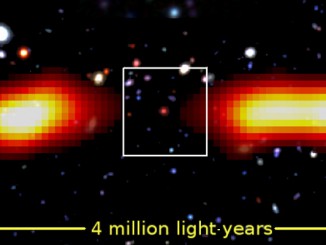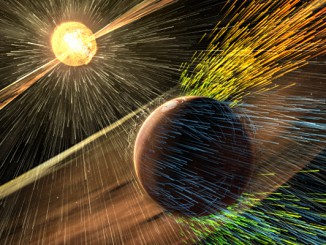
New Horizons’ manoeuvres put it on course for post-Pluto rendezvous
NASA’s New Horizons spacecraft, speeding toward deeper space at more than 32,000 miles per hour, has successfully performed a series of targeting manoeuvres that set it on course for a January 2019 encounter with Kuiper Belt object 2014 MU69. This ancient body is more than a billion miles beyond Pluto. The propulsive manoeuvres were the most distant trajectory corrections ever performed by any spacecraft.









